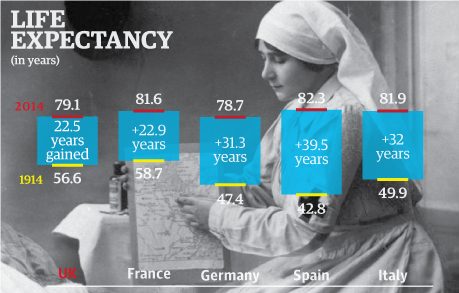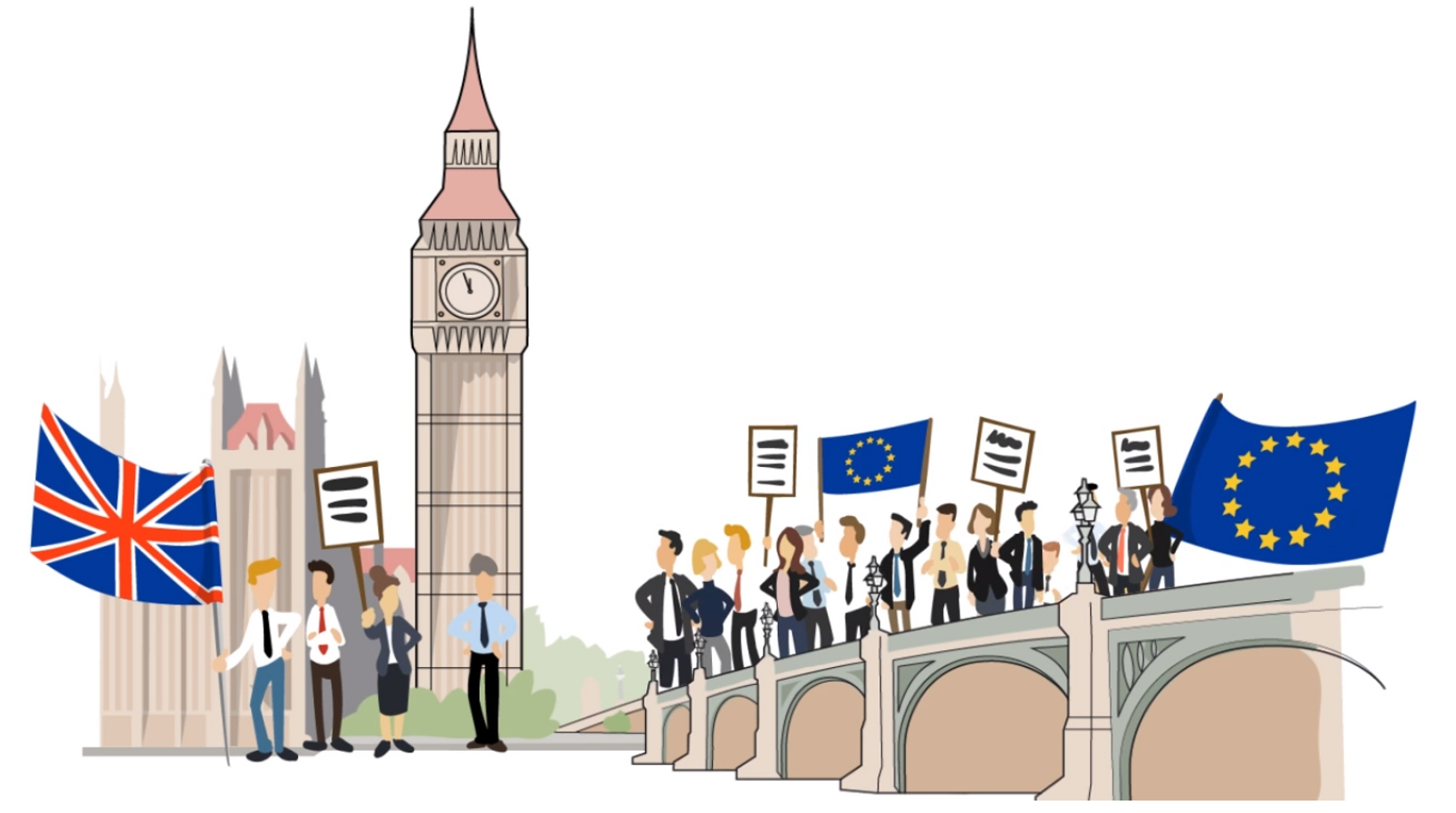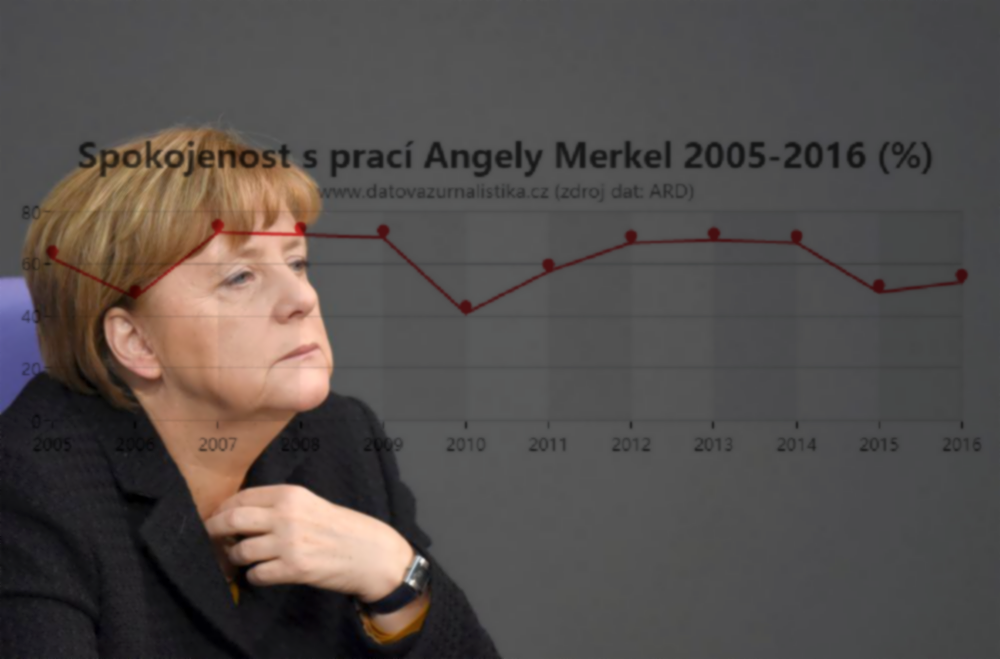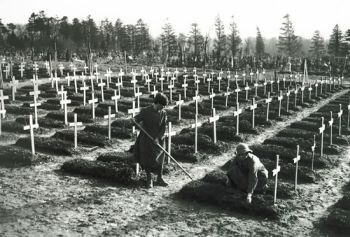
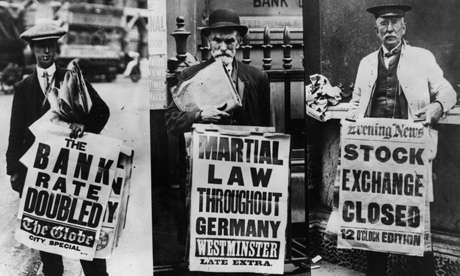
Instinctively, we know that Europe has undergone vast social and economic change since 1914. But what does that change look like when it’s quantified?
Together with Süddeutsche Zeitung, El Paîs, La Stampa, Gazeta Wyborcza and Le Monde we’ve attempted to find out. The data we’ve gathered has been set against images from 1914 below.
Armed forces
Invariably, the absence of a direct threat has made most European countries reduce the size of their standing forces. In Germany, they have shrunk by 96%, in the UK by 89% while in Italy, the army has grown by 20%.
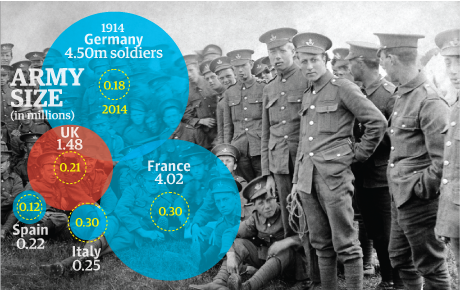
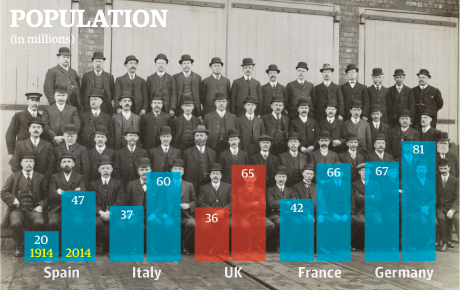
Those rises can not be simply attributed to recent immigration to Europe. The number of births per 1,000 people in Europe has risen dramatically since 1914.
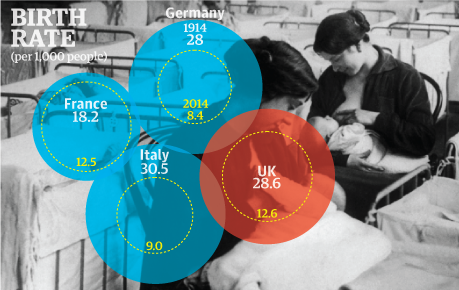
Graphic: Amanda Shendruk, Data: Guardian & European partners
Living longer
For every year that has passed in Europe since the outbreak of war, almost 4 months has been added to the average citizen’s life. The balance of longevity has also shifted; while the French once outlived their European neighbours by more than 2 years in 1914, they are now surpassed by the Spanish and Italians.
